
Giovanni Francesco Barbieri Guercino Painting Reproductions 1 of 1
1591-1666
Italian Baroque Painter
Giovanni Francesco Barbieri (February 8, 1591 - December 9, 1666), best known as Guercino or Il Guercino, was an Italian Baroque painter from the region of Emilia, and active in Rome and Bologna. Guercino is Italian for squinter, a nickname that was given to him because he was cross-eyed.
Guercino was born at Cento, a village between Bologna and Ferrara.
By the age of 17 he was associated with Benedetto Gennari, a painter of the Bolognese School. By 1615 he moved to Bologna, where his work earned the praise of an elder Ludovico Carracci. He painted two large canvases, Elijah Fed by Ravens and Samson Seized by Philistines, in what appears to be a stark naturalist Carravagista style (although it is unlikely he had been able to see any of the Roman Caravaggio's first-hand). They were painted for Cardinal Serra, Papal Legate to Ferrara.
The Arcadian Shepherds (Et in Arcadia ego) was painted in 1618 contemporary with The Flaying of Marsyas by Apollo in Palazzo Pitti. His first style, he often claimed, was influenced by a canvas of Caracci in Cento. Some of his later pieces approach rather to the manner of his great contemporary Guido Reni, and are painted with more lightness and clearness. Guercino was esteemed very highly in his lifetime.
He was then recommended by Marchese Enzo Bentivoglio to the Bolognese Ludovisi Pope, Pope Gregory XV. For the two years (1621-23) he spent in Rome, he was very productive. From this stay, date his frescoes of Aurora at the casino of the Villa Ludovisi and the ceiling in San Crisogono (1622) of San Chrysogonus in Glory; his portrait of pope Gregory (now in Getty Museum, and, what is considered his masterpiece, The Burial of Saint Petronilla or St. Petronilla Altarpiece, for the Vatican (now in the Museo Capitolini).
The Franciscan order of Reggio in 1655 paid him 300 ducats for the altarpiece of Saint Luke Displaying a Painting of the Madonna and Child (now in Nelson-Atkins Museum of Art, Kansas City). The Corsini also payed him 300 ducats for the Flagellation of Christ painted in 1657.
He was remarkable for the extreme rapidity of his execution - he completed no fewer than 106 large altar-pieces for churches, and his other paintings amount to about 144. In 1626 he began his frescoes in the Duomo at Piacenza. Guercino continued to paint and teach up to the time of his death in 1666. He had amassed a handsome fortune.
Guercino was born at Cento, a village between Bologna and Ferrara.
By the age of 17 he was associated with Benedetto Gennari, a painter of the Bolognese School. By 1615 he moved to Bologna, where his work earned the praise of an elder Ludovico Carracci. He painted two large canvases, Elijah Fed by Ravens and Samson Seized by Philistines, in what appears to be a stark naturalist Carravagista style (although it is unlikely he had been able to see any of the Roman Caravaggio's first-hand). They were painted for Cardinal Serra, Papal Legate to Ferrara.
The Arcadian Shepherds (Et in Arcadia ego) was painted in 1618 contemporary with The Flaying of Marsyas by Apollo in Palazzo Pitti. His first style, he often claimed, was influenced by a canvas of Caracci in Cento. Some of his later pieces approach rather to the manner of his great contemporary Guido Reni, and are painted with more lightness and clearness. Guercino was esteemed very highly in his lifetime.
He was then recommended by Marchese Enzo Bentivoglio to the Bolognese Ludovisi Pope, Pope Gregory XV. For the two years (1621-23) he spent in Rome, he was very productive. From this stay, date his frescoes of Aurora at the casino of the Villa Ludovisi and the ceiling in San Crisogono (1622) of San Chrysogonus in Glory; his portrait of pope Gregory (now in Getty Museum, and, what is considered his masterpiece, The Burial of Saint Petronilla or St. Petronilla Altarpiece, for the Vatican (now in the Museo Capitolini).
The Franciscan order of Reggio in 1655 paid him 300 ducats for the altarpiece of Saint Luke Displaying a Painting of the Madonna and Child (now in Nelson-Atkins Museum of Art, Kansas City). The Corsini also payed him 300 ducats for the Flagellation of Christ painted in 1657.
He was remarkable for the extreme rapidity of his execution - he completed no fewer than 106 large altar-pieces for churches, and his other paintings amount to about 144. In 1626 he began his frescoes in the Duomo at Piacenza. Guercino continued to paint and teach up to the time of his death in 1666. He had amassed a handsome fortune.
22 Guercino Paintings
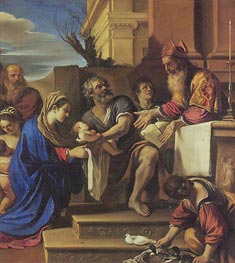
Presentation in the Temple c.1623
Oil Painting
$2443
$2443
SKU: GGF-3243
Giovanni Francesco Barbieri Guercino
Original Size: unknown
Private Collection
Giovanni Francesco Barbieri Guercino
Original Size: unknown
Private Collection
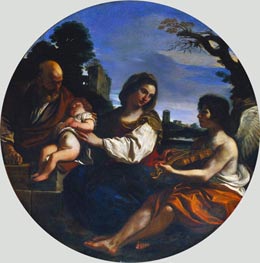
Rest on the Flight into Egypt 1624
Oil Painting
$1737
$1737
Canvas Print
$76.60
$76.60
SKU: GGF-5444
Giovanni Francesco Barbieri Guercino
Original Size: unknown
Cleveland Museum of Art, Ohio, USA
Giovanni Francesco Barbieri Guercino
Original Size: unknown
Cleveland Museum of Art, Ohio, USA
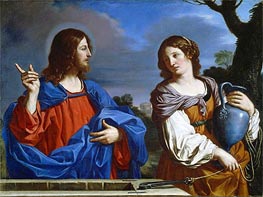
Christ and the Woman of Samaria c.1640/41
Oil Painting
$2576
$2576
Canvas Print
$57.11
$57.11
SKU: GGF-5445
Giovanni Francesco Barbieri Guercino
Original Size: 116 x 156 cm
Thyssen-Bornemisza Museum, Madrid, Spain
Giovanni Francesco Barbieri Guercino
Original Size: 116 x 156 cm
Thyssen-Bornemisza Museum, Madrid, Spain
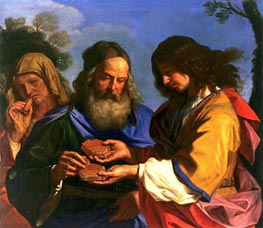
Samson and the Honeycomb 1659
Oil Painting
$2763
$2763
SKU: GGF-5446
Giovanni Francesco Barbieri Guercino
Original Size: unknown
Fine Arts Museums of San Francisco, California, USA
Giovanni Francesco Barbieri Guercino
Original Size: unknown
Fine Arts Museums of San Francisco, California, USA
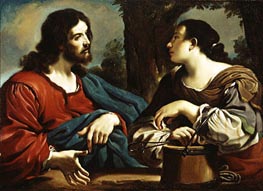
Christ and the Woman of Samaria c.1620
Oil Painting
$2668
$2668
Canvas Print
$55.84
$55.84
SKU: GGF-5447
Giovanni Francesco Barbieri Guercino
Original Size: 100.5 x 137.2 cm
Detroit Institute of Arts, Michigan, USA
Giovanni Francesco Barbieri Guercino
Original Size: 100.5 x 137.2 cm
Detroit Institute of Arts, Michigan, USA
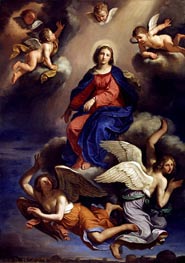
Assumption of the Virgin 1650
Oil Painting
$3366
$3366
Canvas Print
$54.04
$54.04
SKU: GGF-5448
Giovanni Francesco Barbieri Guercino
Original Size: 308 x 219.7 cm
Detroit Institute of Arts, Michigan, USA
Giovanni Francesco Barbieri Guercino
Original Size: 308 x 219.7 cm
Detroit Institute of Arts, Michigan, USA
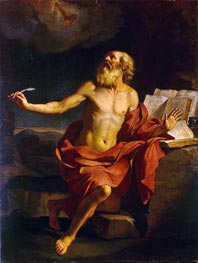
St Jerome in the Wilderness c.1650
Oil Painting
$2011
$2011
SKU: GGF-5449
Giovanni Francesco Barbieri Guercino
Original Size: unknown
The State Hermitage Museum, St. Petersburg, Russia
Giovanni Francesco Barbieri Guercino
Original Size: unknown
The State Hermitage Museum, St. Petersburg, Russia
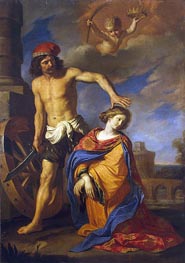
The Martyrdom of St Catherine 1653
Oil Painting
$2534
$2534
SKU: GGF-5450
Giovanni Francesco Barbieri Guercino
Original Size: unknown
The State Hermitage Museum, St. Petersburg, Russia
Giovanni Francesco Barbieri Guercino
Original Size: unknown
The State Hermitage Museum, St. Petersburg, Russia
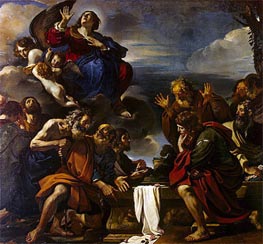
The Assumption of the Virgin 1623
Oil Painting
$10158
$10158
SKU: GGF-5451
Giovanni Francesco Barbieri Guercino
Original Size: unknown
The State Hermitage Museum, St. Petersburg, Russia
Giovanni Francesco Barbieri Guercino
Original Size: unknown
The State Hermitage Museum, St. Petersburg, Russia
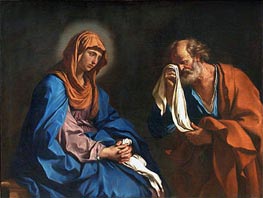
The Tears of St. Peter 1647
Oil Painting
$2240
$2240
SKU: GGF-5452
Giovanni Francesco Barbieri Guercino
Original Size: unknown
Louvre Museum, Paris, France
Giovanni Francesco Barbieri Guercino
Original Size: unknown
Louvre Museum, Paris, France
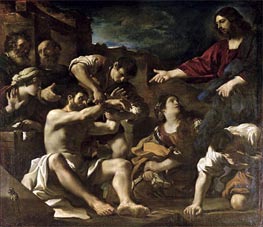
The Resurrection of Lazarus c.1619
Oil Painting
$4722
$4722
SKU: GGF-5453
Giovanni Francesco Barbieri Guercino
Original Size: unknown
Louvre Museum, Paris, France
Giovanni Francesco Barbieri Guercino
Original Size: unknown
Louvre Museum, Paris, France
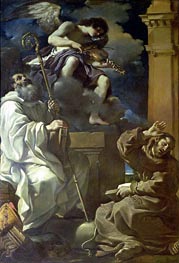
St. Francis in Ecstasy and St Benedict with an ... 1620
Oil Painting
$2621
$2621
SKU: GGF-5454
Giovanni Francesco Barbieri Guercino
Original Size: unknown
Louvre Museum, Paris, France
Giovanni Francesco Barbieri Guercino
Original Size: unknown
Louvre Museum, Paris, France
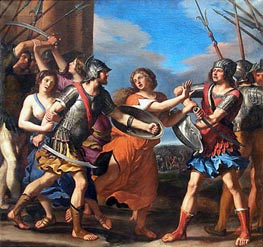
Hersilia Separating Romulus from Ratius c.1645
Oil Painting
$6056
$6056
SKU: GGF-5455
Giovanni Francesco Barbieri Guercino
Original Size: unknown
Louvre Museum, Paris, France
Giovanni Francesco Barbieri Guercino
Original Size: unknown
Louvre Museum, Paris, France
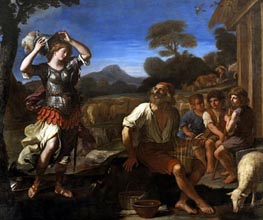
Erminia and the Shepherds 1648
Oil Painting
$4246
$4246
Canvas Print
$64.06
$64.06
SKU: GGF-5456
Giovanni Francesco Barbieri Guercino
Original Size: 237.5 x 284.5 cm
Minneapolis Institute of Arts, Minnesota, USA
Giovanni Francesco Barbieri Guercino
Original Size: 237.5 x 284.5 cm
Minneapolis Institute of Arts, Minnesota, USA
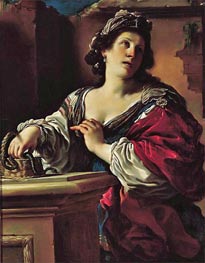
Suicide of Cleopatra c.1621
Oil Painting
$1948
$1948
SKU: GGF-5457
Giovanni Francesco Barbieri Guercino
Original Size: 116.8 x 93.3 cm
Norton Simon Museum of Art, Pasadena, USA
Giovanni Francesco Barbieri Guercino
Original Size: 116.8 x 93.3 cm
Norton Simon Museum of Art, Pasadena, USA
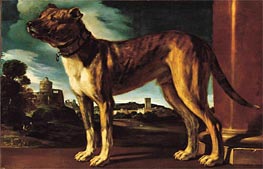
Aldrovandi Dog c.1625
Oil Painting
$1676
$1676
SKU: GGF-5458
Giovanni Francesco Barbieri Guercino
Original Size: unknown
Norton Simon Museum of Art, Pasadena, USA
Giovanni Francesco Barbieri Guercino
Original Size: unknown
Norton Simon Museum of Art, Pasadena, USA
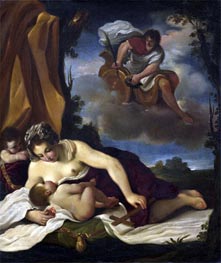
Caritas n.d.
Oil Painting
$1314
$1314
SKU: GGF-5459
Giovanni Francesco Barbieri Guercino
Original Size: unknown
Rijksmuseum, Amsterdam, Netherlands
Giovanni Francesco Barbieri Guercino
Original Size: unknown
Rijksmuseum, Amsterdam, Netherlands
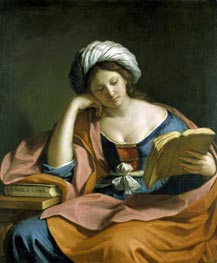
The Libyan Sibyl 1651
Oil Painting
$1857
$1857
SKU: GGF-5460
Giovanni Francesco Barbieri Guercino
Original Size: unknown
The Royal Collection, London, United Kingdom
Giovanni Francesco Barbieri Guercino
Original Size: unknown
The Royal Collection, London, United Kingdom
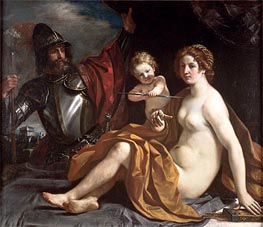
Venus, Mars and Cupid n.d.
Oil Painting
$2197
$2197
SKU: GGF-5461
Giovanni Francesco Barbieri Guercino
Original Size: unknown
Galleria e Museo Estense, Modena, Italy
Giovanni Francesco Barbieri Guercino
Original Size: unknown
Galleria e Museo Estense, Modena, Italy
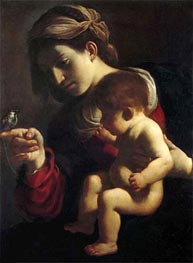
Madonna of the Sparrow c.1615/16
Oil Painting
$1734
$1734
SKU: GGF-16413
Giovanni Francesco Barbieri Guercino
Original Size: 78.5 x 58 cm
Pinacoteca Nazionale, Bologna, Italy
Giovanni Francesco Barbieri Guercino
Original Size: 78.5 x 58 cm
Pinacoteca Nazionale, Bologna, Italy
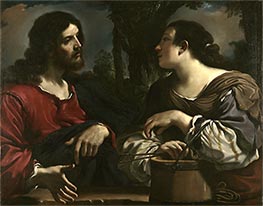
Christ and the Woman of Samaria c.1619/20
Oil Painting
$2784
$2784
Canvas Print
$59.74
$59.74
SKU: GGF-17704
Giovanni Francesco Barbieri Guercino
Original Size: 97.2 x 124.8 cm
Kimbell Art Museum, Fort Worth, USA
Giovanni Francesco Barbieri Guercino
Original Size: 97.2 x 124.8 cm
Kimbell Art Museum, Fort Worth, USA
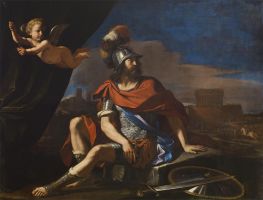
Mars with Cupid 1649
Oil Painting
$2988
$2988
Canvas Print
$58.49
$58.49
SKU: GGF-19717
Giovanni Francesco Barbieri Guercino
Original Size: 176.8 x 233.7 cm
Cincinnati Art Museum, Ohio, USA
Giovanni Francesco Barbieri Guercino
Original Size: 176.8 x 233.7 cm
Cincinnati Art Museum, Ohio, USA